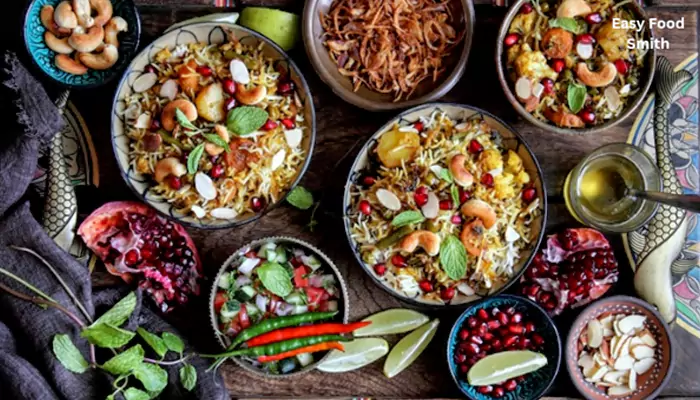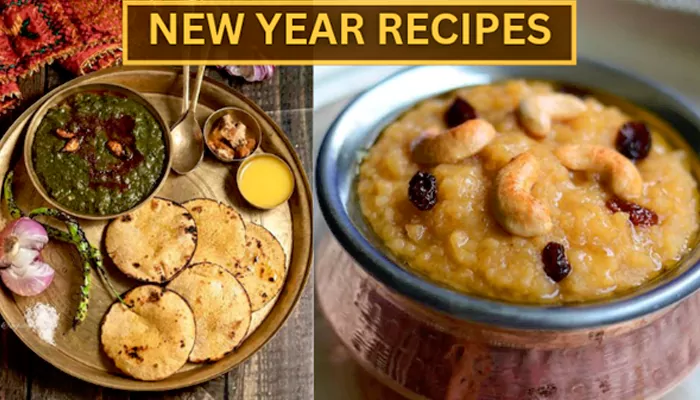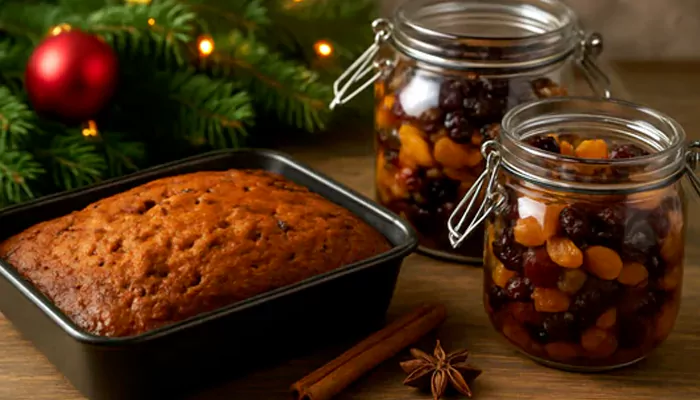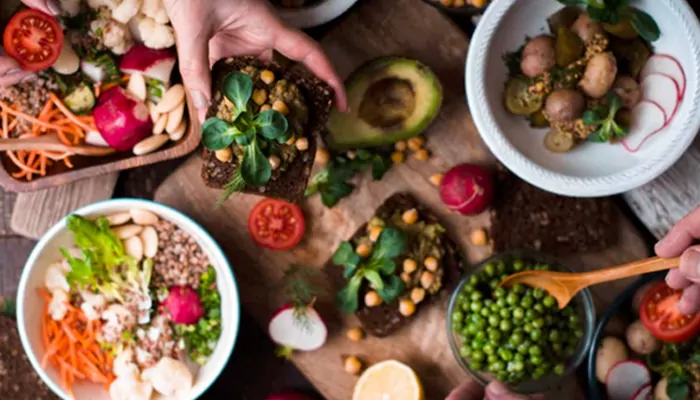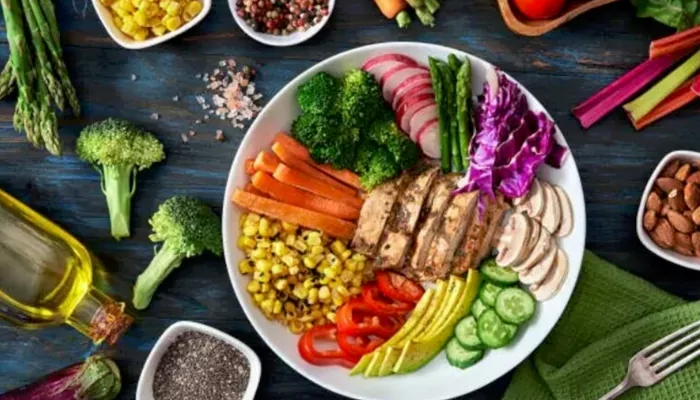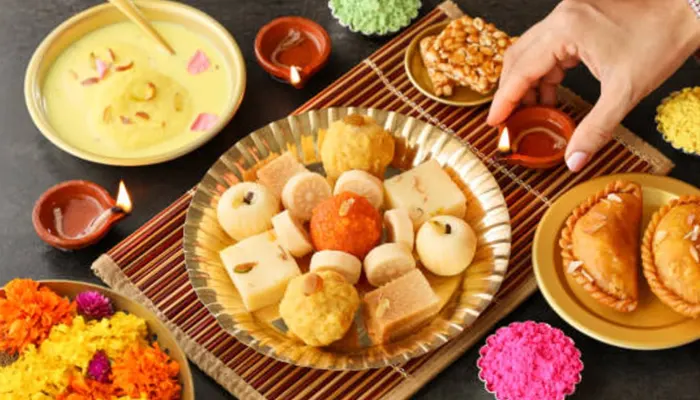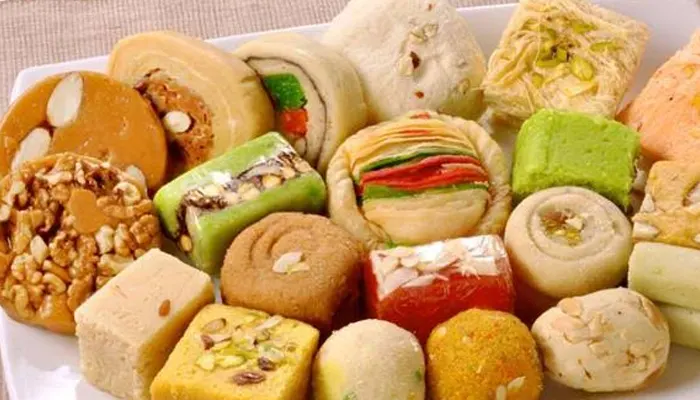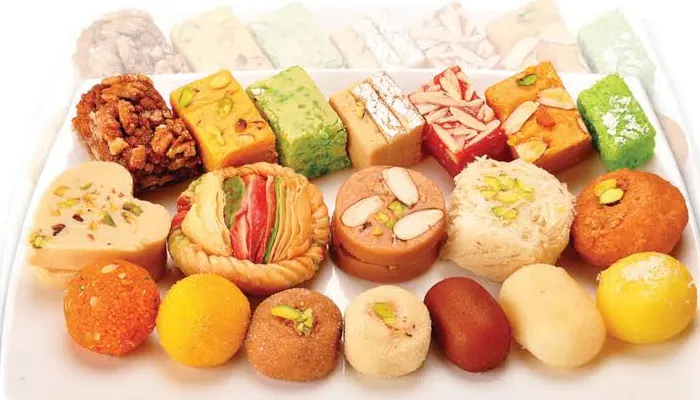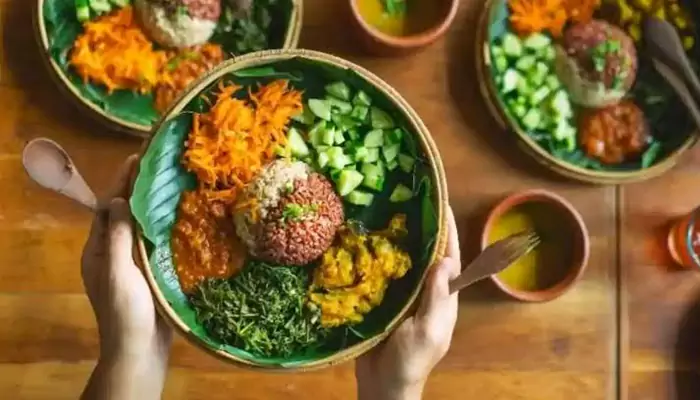Eight Cooking Salts Every Culinary Expert Should Have In Their Pantry: Explore Their Uniqueness
- Satavisha
- 1 year ago
- 4 minutes read

If you are an aspiring chef, you may have come across many varieties of salt while cooking. Each salt adds unique texture and flavour—so sprinkle consciously.
Whether you are preparing a delicate caramel or a bowl of soup—salt is an indispensable ingredient in every recipe. It improves flavour, intensifies the texture, reduces bitterness, boosts sweetness, and balances every recipe. Finding and using the most suitable salt variety for different dishes can upgrade the overall flavour of your meal.
Just as bakers store different types of flour in their pantries—as a culinary expert, you should keep different salts handy, too! Chemically, salts have the same composition, but gastronomically, each variety is unique. Their material content, texture, and shape sets them apart—and these qualities determine how your recipe will taste after you add a pinch of it. So, read on, to learn more about eight cooking salts that every culinary expert must have in their pantry.
Table Salt
The most commonly used variety of salt and most people assume it to be the ultimate default salt. However, you would be surprised to know that table salt is less natural, compared to its counterparts. It undergoes intense processing and does not contain any minerals. Table salt is extracted from mining salt deposits and is mineral deficient. You can use it for cooking regular meals, seasoning, and baking.
Kosher Salt
Kosher is another popular choice of salt for cooking due to its coarse but light texture and fast-dissolving ability. It is less refined, rich in pure sodium chloride and not ionised. The large grains of kosher salt help season salads and other dishes. But for baking recipes, avoid using kosher salt.
Rock Salt
Rock salt is mined across the globe. Therefore, it is one of the most commercially available and refined salt varieties. Rock salt adds a distinctive flavour to foods owing to its mineral-rich content.
Sea Salt
The crystals of sea salt have a flaky, soft texture—and it is due to seawater evaporation. The processing technique of seal salt is expensive and slow; hence, one has to pay more for this premium-quality stuff. The flakes are irregular and large, but the flavour remains subtle and consistent. Sea salt can be sprinkled over finished recipes to boost natural flavours and add an enjoyable crunch.
Fleur de Sel
Fleur de sel is another variant of sea salt—and it develops naturally over saltwater’s surface. For centuries, Fleur de sel has been harvested from the sea. It contains natural minerals and helps add character and boost flavour in recipes, and it is a better option than table salt. Sprinkle it over your roasted veggies as a finishing salt and indulge in its natural complexity.
Pink Salt or Himalayan Salt
Pink salt is derived from rock crystals of salt—extracted from regions around the Himalayas. Its composition predominantly boasts sodium and trace elements like zinc and iron. Additionally, Himalayan salt adds a saltier flavour to food (more than table salt). It is the best choice of salt for recipes that need mild saltiness; Add it to marinades and sauces.
Flake Salt
Flake salt is commonly used in seasoning dishes. Flake salt is produced by grinding salt crystals, to derive smaller grains and then flake them. This grinding process can be both—complex or simple—based on the manufacturing technique. Flake salt can be used to add a crunchy texture to food.
Black Salt
Black salt or as Indians call it “Kala Namak”—is a variety of rock salt, derived from volcanic rocks in the Himalayas. It is rich in magnesium, calcium, iron, and other trace elements.
This salt variety has a pungent flavour and odour and should be used sparingly. Black salt is an excellent flavour enhancer and should be added to recipes with strong aroma and taste—like curry, pickles, salads and spicy dishes.
Equipped with this culinary knowledge, you can now decide which salt will enhance and deteriorate the flavour of specific recipes.

